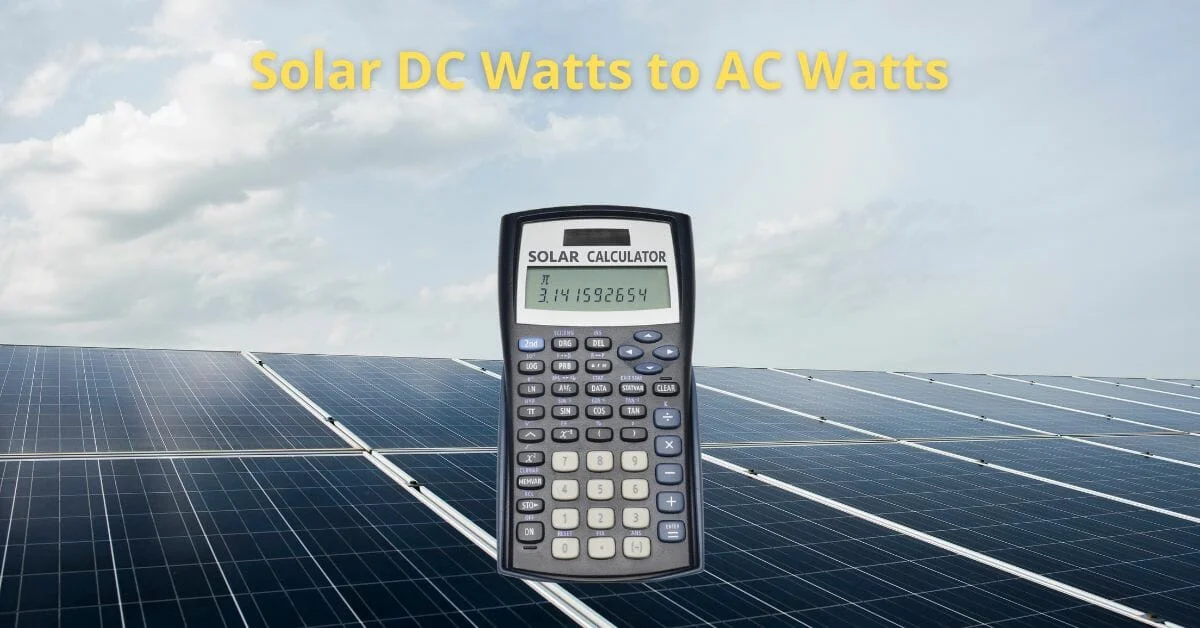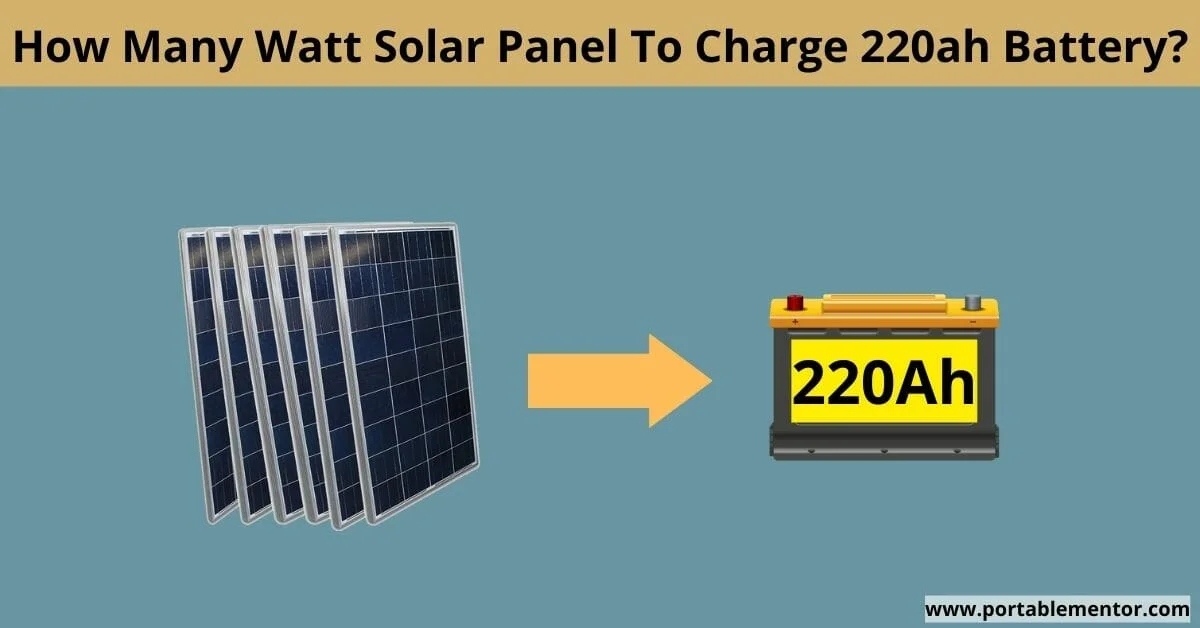One of the most common questions people ask before purchasing a portable solar panel is: How long will it last? Naturally, when investing in something, it's important to know the expected duration of its benefits.
In this article, I will provide you with all the information you need about the lifespan of portable solar panels, as well as some tips to increase their longevity.
How long do portable solar panels last?
On average, portable solar panels have a lifespan of 20-25 years. However, it's worth noting that their efficiency decreases by around 20% during this time period, which means they will continue to generate energy, albeit at a lower rate.
Here's a video about the life span of solar panels which applies to portable solar panels as well.
Warranty Period by Different Brands
- Renogy offers 1 year of warranty on the physical condition of the product and 25 years of warranty for power performance with a 1% decrease in efficiency rate per year. So after 25 years, you'll be able to generate around about 80% of output power.
- Power Film Solar offers 3 years of warranty. After three years they claim your portable solar panels will be able to generate 80% of output power.
- Go Power offers 25 years of warranty for portable solar panels and 5 years of warranty for flexible solar panels.
- Zamp Solar offers 1 year of repair or replacement warranty on the physical condition of the product and 25 years of warranty for power output with the rate of a 1% decrease in efficiency per year.
- Solar Land offers 1 year of warranty for the physical condition of portable solar panels and 25 years of warranty for power output with a 1% decrease in efficiency rate.
What is Efficiency Degradation in Solar Panels
The efficiency rate of a solar product refers to the percentage of sunlight that can be converted into electricity by its solar cells. Most solar panels offer an efficiency rate of around 80-85%, meaning they can convert 85% of the sunlight they receive into usable electricity, depending on the amount of sunlight available.
Efficiency degradation is the term used to describe the reduction in efficiency that solar cells experience over time. As the years pass, solar cells gradually become less efficient.
On average, portable solar panel cells decrease their efficiency by approximately 1% per year. Although this may not seem significant, it means that after 20 years, the cells will still be generating energy, but at a reduced rate of about 20% compared to their initial output.
This decrease in efficiency occurs due to the formation of small cracks in the solar cells over time. These micro-cracks can develop due to various factors, which will be discussed later in this article. The presence of these cracks hinders the flow of electricity, resulting in a decrease in overall efficiency.
While it is not possible to entirely prevent efficiency degradation, companies in the industry are continuously working to minimize this effect. However, there are several steps you can take to slow down this process, which will be explained later in this article.
Video - Solar panels performance vs product warranty explained
What Makes Solar Cells Less Efficient over Time?
There are several factors that contribute to the decrease in the efficiency of solar cells over time. Here are some key factors that play a significant role:
1. UV Rays (LID)
UV rays, a form of radiation emitted by the sun, can have an impact on solar cell efficiency. When solar cells are initially exposed to sunlight, the efficiency rate can decrease by 1-3% within a few hours.
This phenomenon is known as light-induced degradation (LID). Fortunately, some brands manufacture panels with UV blockers to mitigate this effect. Therefore, it is advisable to ensure that the manufacturer of the solar panels you choose utilizes UV blockers.
2. Weather
Weather conditions pose a challenge to the efficiency of solar cells. As mentioned earlier, microcracks in solar cells can affect their efficiency. These microcracks are a result of the expansion and contraction of solar cells in response to temperature fluctuations.
When exposed to warm weather, solar cells expand, and when subjected to cold weather, they contract. This continuous expansion and contraction process leads to the formation of microcracks, which subsequently reduce the electricity production of the cells.
Additionally, adverse weather conditions such as snow, wind, and rain can further contribute to efficiency degradation in solar cells.
How to Reduce Efficiency Degradation
While it is nearly impossible to completely prevent efficiency degradation, there are measures you can take to slow down this process and extend the lifespan of your portable solar panels:
- Take Care of Your Panels: Although solar cells are difficult to maintain, portable solar panels are relatively easier to care for due to their smaller size and portability. While you cannot shield them from sunlight and temperature variations, you can protect them from heavy winds, snow, and rain. By reducing the exposure of solar cells to these elements, you can minimize the occurrence of microcracks and mitigate efficiency degradation.
- Choose Panels with UV Blockers: When purchasing portable solar panels, opt for brands that offer UV blockers. This feature helps prevent light-induced degradation (LID), thereby preserving the initial efficiency of the panels and avoiding any significant loss of efficiency.
- Consider Waterproof Panels: Investing in waterproof portable solar panels can save you future headaches. While these panels may be slightly more expensive than others, they offer added protection against water damage. This additional safeguard can make a notable difference in the long run, ensuring the longevity and performance of your solar panels.
Conclusion
Portable solar panels can last for many years, but they come with a 20-25-year power output warranty during which their efficiency rate may decrease by 20%. However, with proper maintenance, they will continue to generate energy.
Maintenance is the key factor in extending their lifespan. I have previously discussed how you can make them last longer.


